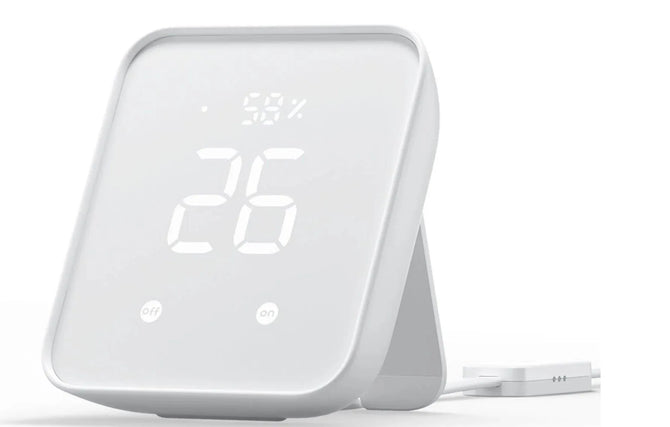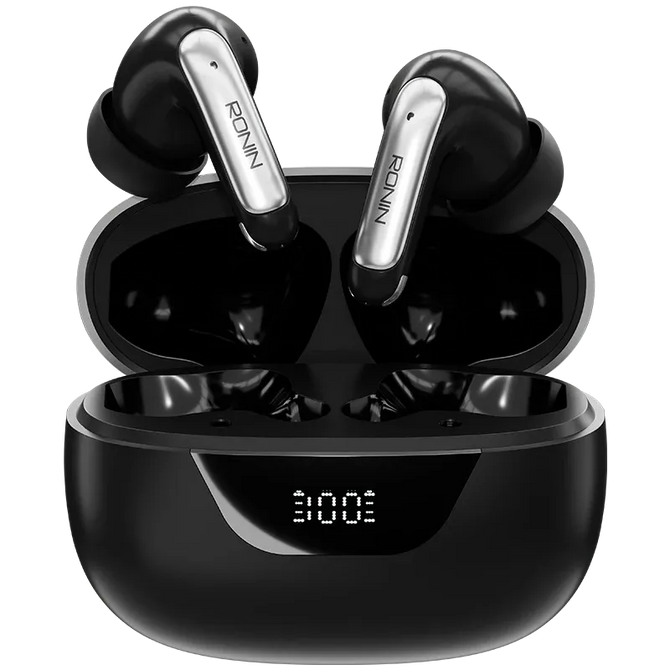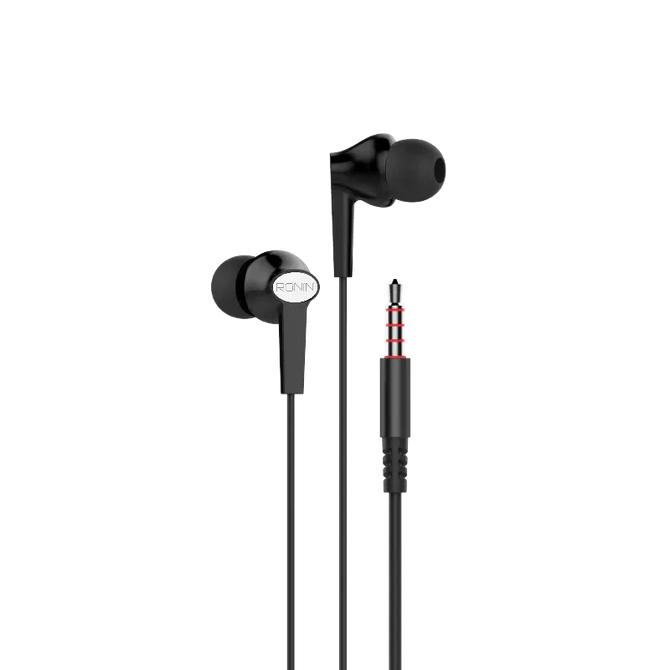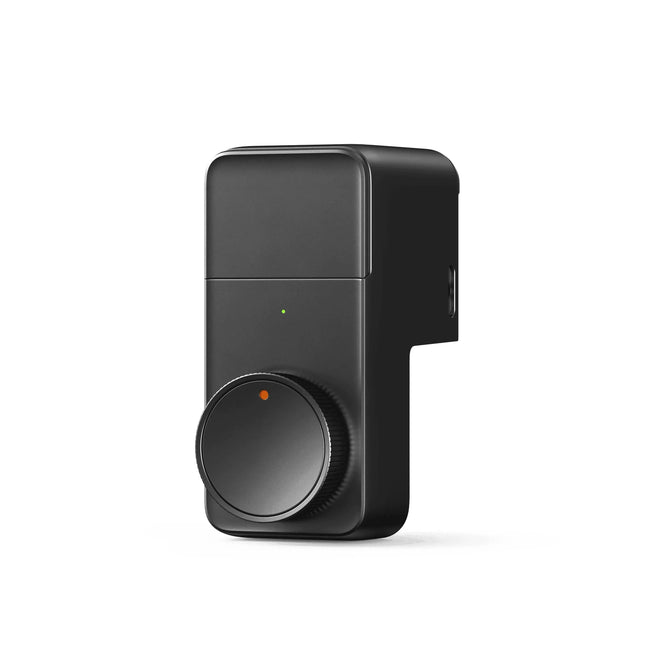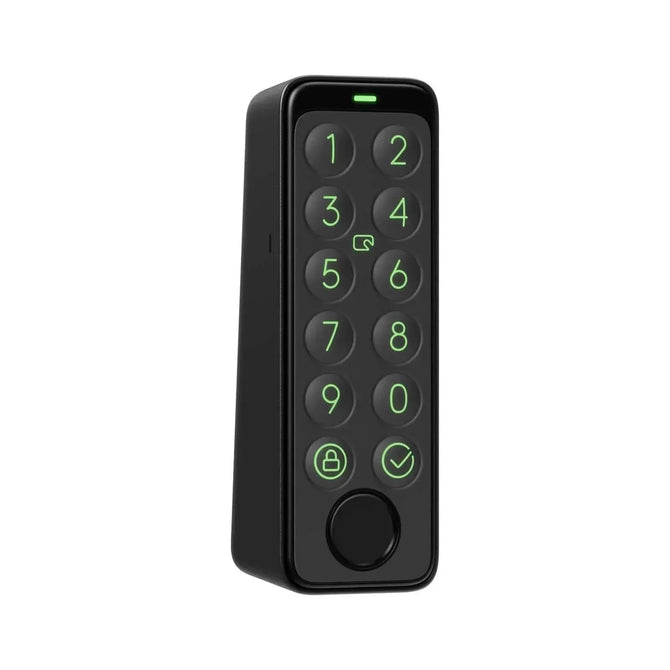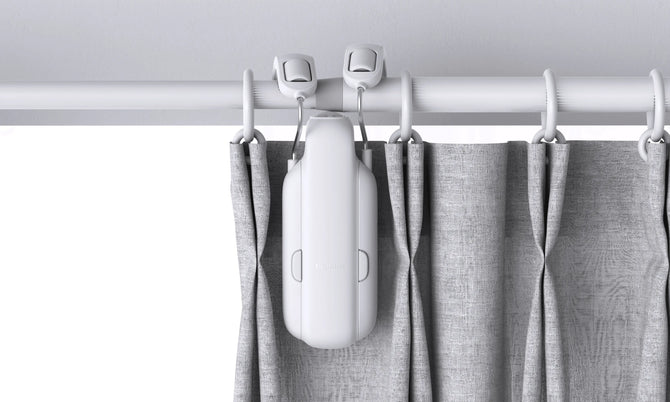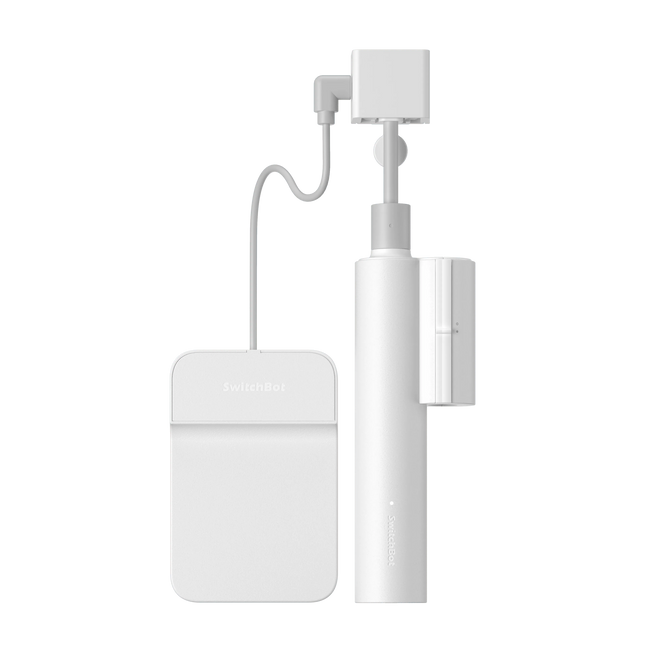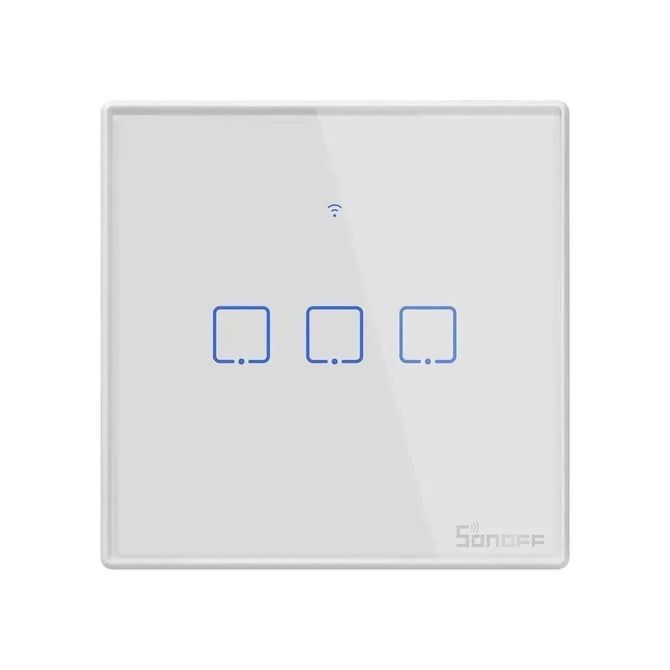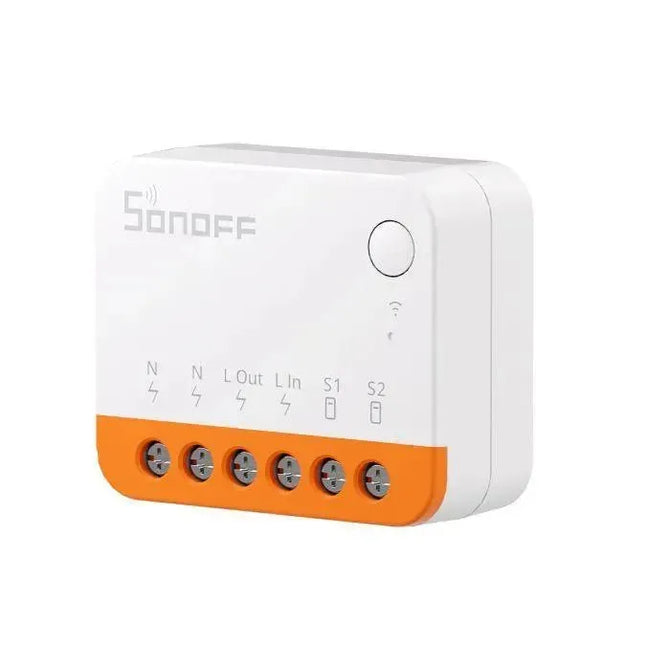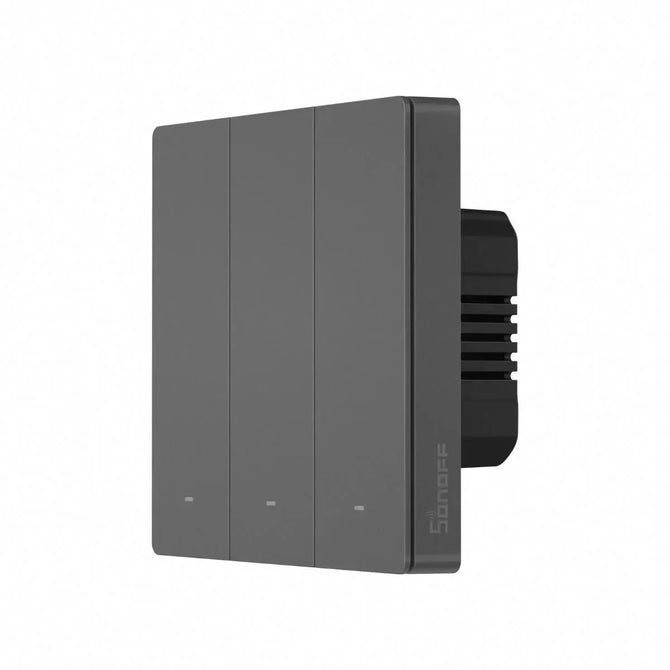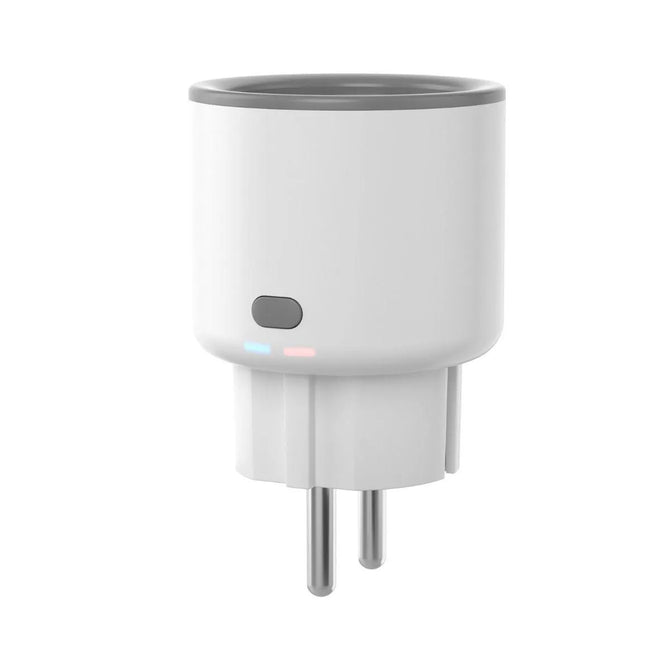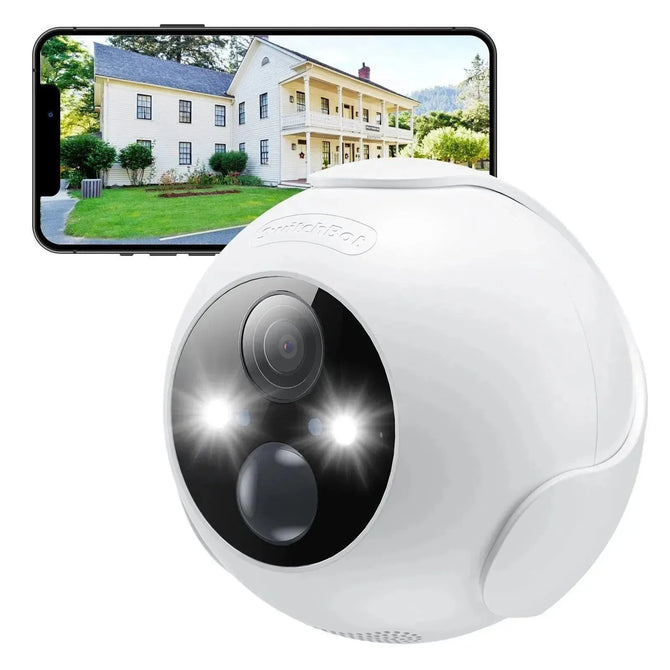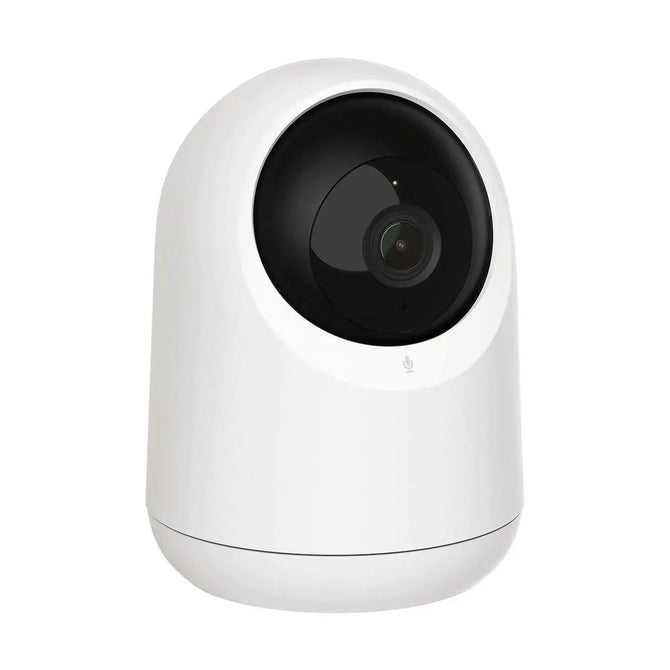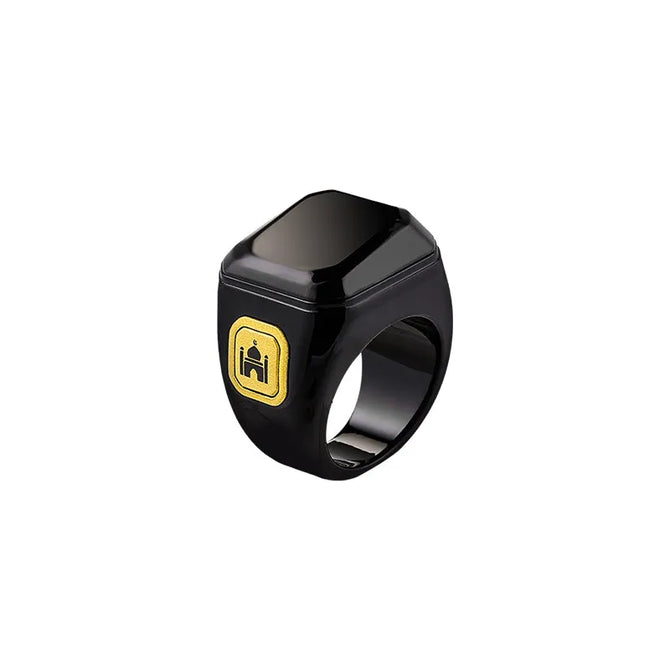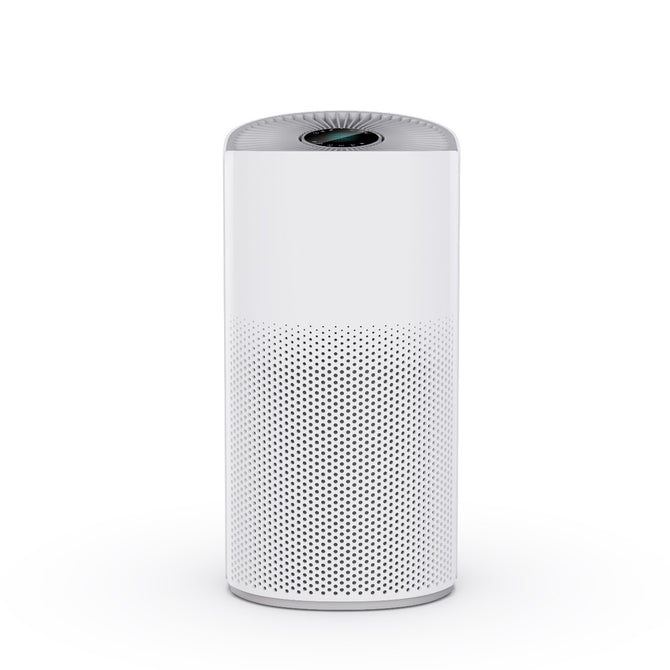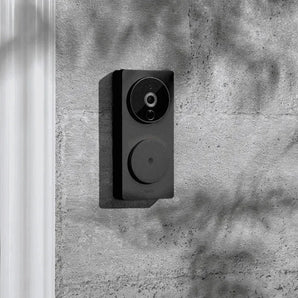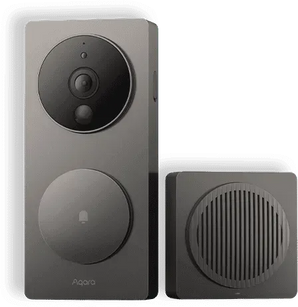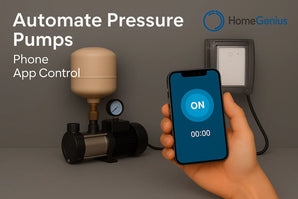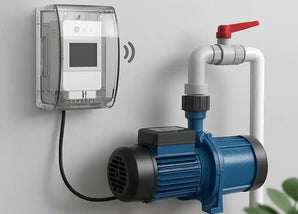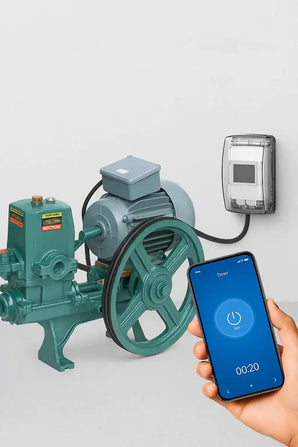Motion sensors are a key part of keeping homes safe and managing energy use efficiently. But how exactly do they work, and where should you place them? This guide will walk you through the basics of motion sensor operation and help you figure out the best spots in your home for installation. Let’s make sense of these practical devices together.

How Motion Sensors Can Enhance Security and Convenience
Applications in Home Security Systems
Motion sensors aren’t just about turning on the lights when you get home. Their real power shines in keeping your house safe. When placed in key spots, they can spot an uninvited guest the moment they step inside or even before that, while still outside. If a sensor picks up movement where there shouldn’t be any, it can alert you with a loud alarm or send a notification straight to your phone.
Automation in Smart Homes
But it’s not all about security-these sensors are also big helpers in making homes smarter. Think about walking into a room and the lights automatically switching on, or heating kicking in just in the areas where you’re actually spending time. Motion sensors help cut down on wasted energy, only providing light and heat when and where it’s needed. Plus, they’re great for those moments when your hands are full and you can’t reach for the switch.
Best Practices for Placement of Motion Sensors
Strategic Placement for Security
Getting the placement right means your motion sensors can catch intruders before they even touch a doorknob. Aim to place sensors near:
- Entry Points: Doors and windows are like welcome mats for burglars. Put sensors here to catch them as they try to come in.
- High-Traffic Areas: Hallways and staircases are bottlenecks where people have to pass through, so they’re smart spots for sensors.
- Rarely Used Spaces: Basements or attics might not get much foot traffic, but they’re often targeted entry points. A sensor here stays on guard.
Coverage Optimization
To make sure you’re getting the most out of your motion sensors, consider their range and angle:
- Corner Placement: Putting sensors in corners can give them a wide view and cover most of the room.
- Height Considerations: Different sensors work best at different heights-PIR sensors, for example, should be mounted about 6-8 feet off the ground.
- Avoiding False Triggers: Keep them away from heat sources like radiators or vents that could set them off by mistake.
Ensuring Uninterrupted Functionality
You want your sensors to be reliable and not get tripped up by everyday stuff. Here’s how:
- Maintenance and Sensor Testing: Regular checks can help ensure that batteries are fresh and sensors are working correctly.
- Dealing with Pets and Everyday Movements: Some sensors are designed to ignore pets, while others might need adjusting to prevent false alarms.
- Seasonal Adjustments: Sometimes, you’ll need to tweak settings as the seasons change to prevent false alarms due to changing environmental conditions.
Next up, we’ll take a peek at some tips for installing these devices yourself or deciding if it’s time to call in a pro.
Installation Tips and Tricks
Do-It-Yourself vs Professional Installation
When it comes to putting in motion sensors, you’ve got a choice: roll up your sleeves and do it yourself, or get someone who knows the ropes to handle it.
- When to DIY: If you’re handy with tools and follow instructions well, installing motion sensors can be a good weekend project. Plus, it can save you some cash.
- When to Call the Pros: If wiring makes you nervous or you’re dealing with a complex system, it might be worth getting a professional. This way, you ensure everything’s set up safely and works like a charm.
Step-by-Step Guide to Installing a Basic Motion Sensor
If you decide to DIY, here’s a quick rundown of what you’ll need to do:
Tools and Materials Needed:
- The motion sensor kit.
- A drill if you need to make holes for mounting.
- Screws and wall plugs that usually come with the sensor.
- Batteries or a power source if not wiring it into your home.
Safety Precautions:
- Turn off electricity if you’re working with wired sensors to avoid shocks.
- Use a ladder safely if you’re working up high.
- Double-check that your placement doesn’t hinder any exits in case of an emergency.
Installing a sensor usually involves securing it to the wall or ceiling, connecting it to power (which could be as easy as popping in batteries), and then adjusting its settings to detect movement at the right distance and angle.
Advanced Considerations and Innovations
Networked Motion Sensors and the Internet of Things (IoT)
As homes get smarter, motion sensors are getting an upgrade too. They’re now part of a big network called the Internet of Things (IoT), where everyday objects can send information to each other and work together.
- Remote Monitoring and Control: With connected motion sensors, you can check on your home from your phone, no matter where you are. Get a notification when there’s movement, so you’re always in the know.
- Inter-device Communication: Imagine your motion sensor talking to your lights, heating, or even your favorite tunes, automating your home to respond in real-time to your movements.
Privacy Concerns and Ethical Use
With all this technology, it’s important to keep privacy in mind.
- Balancing Security with Privacy: While it’s great to have eyes on your space, you want to make sure you’re not invading anyone’s privacy-think about places like guest rooms or bathrooms when placing sensors.
- Legal Considerations for Surveillance: If you’re recording video, you might need to let people know with signs, and ensure you’re not capturing footage where your neighbors have an expectation of privacy.
As we wrap things up, let’s reflect on picking out the right motion sensor to meet your needs, and how to sift through all the choices out there. It’s time to bring this guide home!
Choosing the Right Motion Sensor for Your Needs
When it’s time to pick a motion sensor, it’s like finding the right pair of shoes-it needs to fit your situation and be comfortable for your lifestyle.
Assessment of Individual Security Requirements
Here’s how you can assess which sensor fits your needs:
- Determining the Scale and Complexity of Your Needs: Think about the size of your home and what you want to protect. Do you need something simple for a small space, or a more complex system that covers multiple floors?
- Matching Sensor Capabilities to Your Specific Situation: Consider the sensor types we discussed earlier. If you have pets, you might want sensors that can tell the difference between your furry friend and an unwelcome visitor.
Review of Popular Motion Sensor Brands and Models
To help you make an informed choice, let’s walk through what’s out there:
- Market Leaders and Innovative Newcomers: Some brands have been around for a while and are trusted by many. But don’t overlook the new players-they might bring fresh features to the table.
- Comparative Analysis Based on Features, Reliability, and Cost: Weigh the features you get against the price tag. Also, check reviews and see what other users say about reliability-after all, a motion sensor is only good if it works when you need it.
With this knowledge, you’re ready to make a smart choice and find the motion sensor that’s just right for keeping your home safe and automated. Next, we’ll wrap things up and get you all set to take the next steps.
Final Considerations for Motion Sensor Integration
Stepping back and looking at the big picture, integrating motion sensors into your home is about making life safer and more convenient. But before you dive in, let’s cover a few final points to ensure you’re all set.
Compatibility with Existing Systems
If you’ve got an alarm or smart home system already, you’ll want to make sure any new sensors play nice with what you have. Look for devices that are compatible or consider if it might be time for an upgrade.
Future-Proofing Your Setup
Technology moves fast, so think ahead. Go for sensors that can update their software over the internet, so they stay up-to-date with the latest features and security patches.
Considering Professional Monitoring Services
Sometimes, you might sleep better knowing someone else is keeping an eye on things. Professional monitoring services can watch your sensor alerts and call for help if needed, even when you’re not around.
Understanding the Full Costs
Remember, the sticker price of a sensor isn’t the whole story. Check if you need a subscription for full functionality or if there are extra costs for professional monitoring services.
With these pointers in mind, you’re ready to move forward confidently. Choose the right sensors, set them up thoughtfully, and enjoy the peace of mind and convenience that comes with a well-protected, automated home.
Conclusion
Whether you’re looking to keep your home safe or just make it a bit smarter, motion sensors are a solid choice. They can watch over your house when you’re away, light up your way at night, and help save energy. Plus, with the latest advancements, they fit right into a connected home setup.
Before making a decision, take a moment to consider your needs, budget, and whether you want to DIY or bring in a pro. And don’t forget to think about how this all fits into the future of your smart home.
So, go ahead, pick the perfect motion sensor, and set yourself up for a safer and smarter living experience. It’s a small step that can make a big difference in your everyday life.

